 CREDIT : ANDREW HARNIK VIA GETTY IMAGES
CREDIT : ANDREW HARNIK VIA GETTY IMAGES
Trump's energy agenda revives fossil fuels, reverses climate policies and addresses national security – how will this reshape the US energy landscape?
WRITTEN BY: MAYA DERRICK
50
April 2025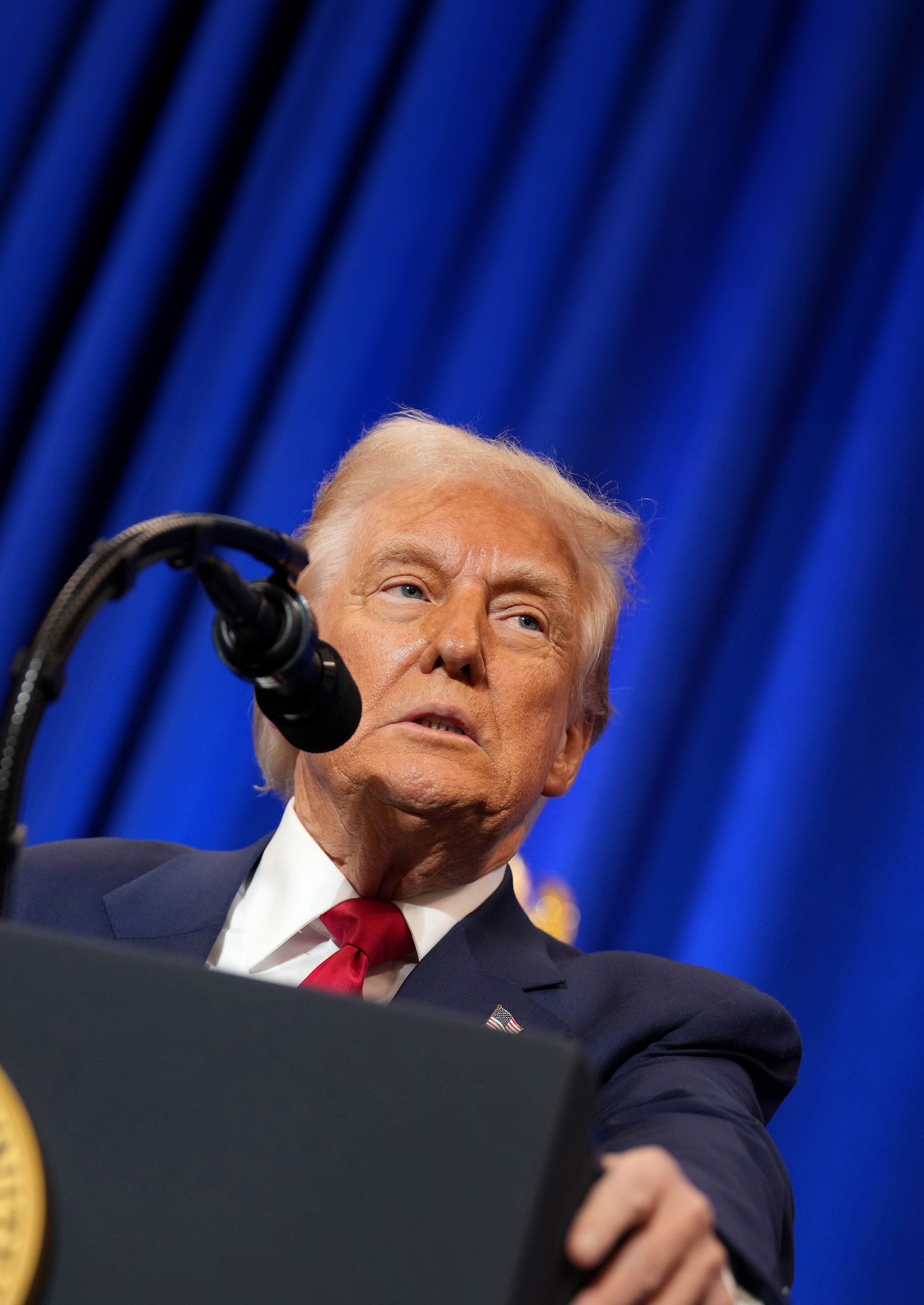
DIGITAL TRANSFORMATION
 President Donald Trump
President Donald Trump


DIGITAL TRANSFORMATION
US President Donald Trump is back in the White House, the energy industry is bracing itself for a tidal wave of change.
President Trump’s return has ushered in a dramatic shift in US energy policy, with far-reaching implications for the domestic energy landscape, and global markets, coming about as a result.
On just his first day in office, for example, Trump issued a series of executive orders that turn away from the previous administration’s focus on clean energy and climate action.
Instead, Trump quickly pulled the US out of the Paris Agreement, again, pledged to “drill, baby, drill” for more American fossil fuels – promising to fill up strategic oil reserves – and halted the Green New Deal.
“In recent years, burdensome and ideologically motivated regulations have impeded the development of these resources, limited the generation of reliable and affordable electricity, reduced job creation and inflicted high energy costs upon our citizens,” one executive order reads.
“These high energy costs devastate American consumers by driving up the cost of transportation, heating, utilities, farming and manufacturing, while weakening our national security.
52
April 2025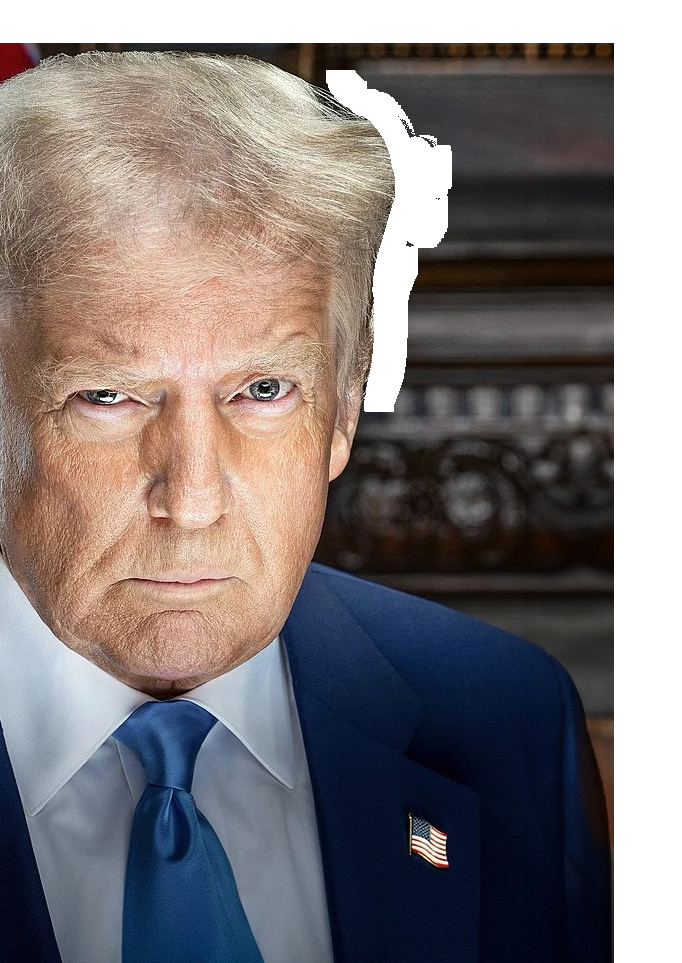
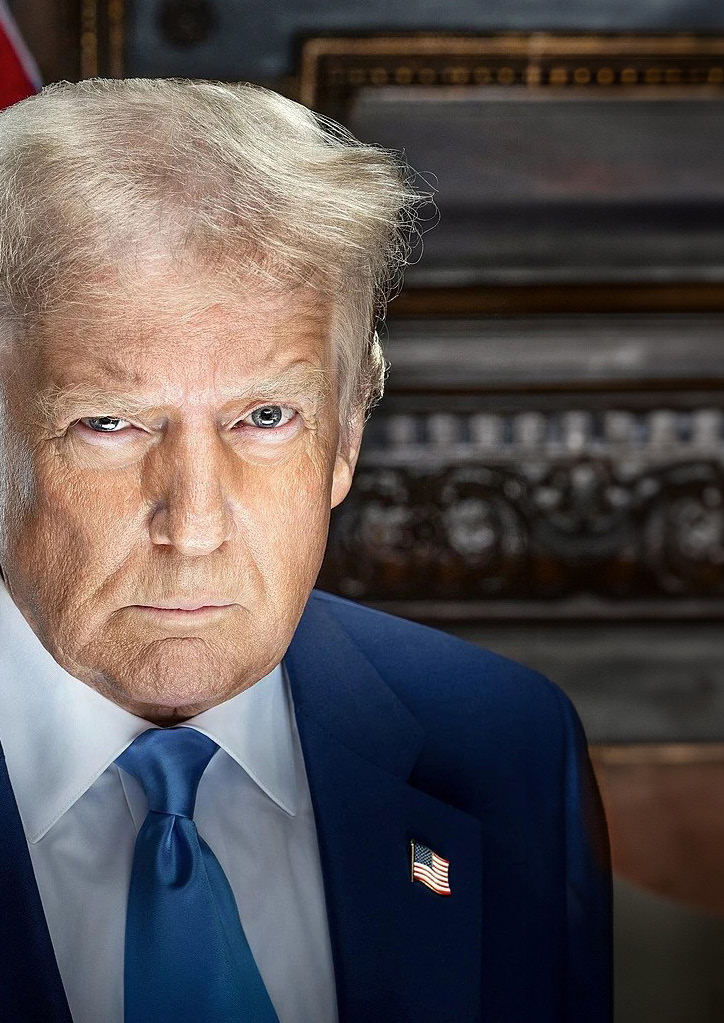
CREDIT : TRUMP VANCE TRANSITION
TEAM HANDOUT / EPA
President Donald Trump
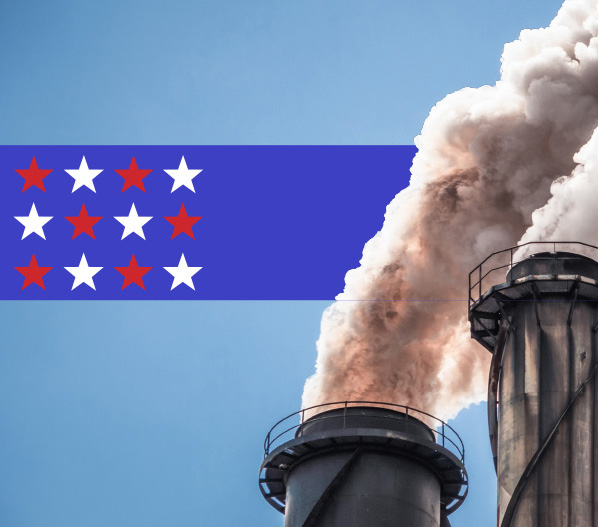
DIGITAL TRANSFORMATION
Is the US set for a fossil fuel renaissance? Trump’s day one orders may portray support for the resurgence of fossil fuels – but this doesn’t necessarily mean fossil fuels will outshine their greener successors.
“It is thus in the national interest to unleash America’s affordable and reliable energy and natural resources. This will restore American prosperity – including for those men and women who have been forgotten by our economy in recent years.
Trump’s energy agenda centres on boosting domestic fossil fuel production, especially oil and natural gas.
The administration has declared a “national energy emergency”, granting expanded powers to expedite approvals for fossil fuel infrastructure, aiming to streamline permitting processes and reduce regulatory obstacles for oil and gas projects.
“It will also rebuild our nation’s economic and military security, which will deliver peace through strength.”
Trump's support of oil and gas is no secret – but is this feeling mutual, or unrequited?
54
April 2025
Many have taken the occasion of a changing of Presidents as an opportunity to reinforce that, although fossil fuels have a part to play in the US’ energy future, continual green progress needs to be made.
Although it has the backing of the new President, ExxonMobil’s Chair and CEO Darren Woods urges the Republican administration to not shake the boat too much by making climate policy swings.
“Our nation’s current inadequate development of domestic energy resources leaves us vulnerable to hostile foreign actors and poses an imminent and growing threat to the United States’ prosperity and national security,” Trump says in the executive order.
“The Trump administration can bring a common sense approach to the discussion, so I would encourage them to stay in the Paris Agreement,” he said following Trump’s reelection.
Wood Mackenzie’s Ed Crooks, Vice Chair Americas and host of Energy Gang podcast says this summarises a key theme in the Trump administration’s strategy: “The connection between the
55
energydigital.com


DIGITAL TRANSFORMATION
availability of reliable energy supplies, a stable power grid, technological innovation, AI and national security”.
Speaking with Energy Digital at India Energy Week, Ed says that traditional energy is undeniably developing under Trump – not only impacting the US but the wider world.
“The announcement of tariffs and tariffs being threatened, that’s the most interesting recent development,” he says. “The big question here is to what extent the different objectives of the administration flip with each other. They’re very different, that’s clear.
WATCH NOW
PROMISES MADE , PROMISES KEPT : Karoline Leavitt breaks down President Trump ' s first 2 weeks
“The tension arises because the administration is saying ‘we want to reduce the cost of energy, increase production and guarantee security of supply – particularly for AI because AI's a national security ground’. Yet, if you want to put tariffs on steel and on equipment, that raises costs.
“It’s a domino effect that has a cascading effect on the gas industry.”
For example, tariffs on Mexico and Canada – both fairly large suppliers of equipment to the US – could have a detrimental impact on energy costs and supply chains.
Wood Mackenzie data suggests the US imports around 80% of its large transformers, with surging demand meaning the country’s reliance on imports for critical transmission and distribution (T&D) equipment could continue to grow.
57
energydigital. com BROUGHT TO YOU BY:
BROUGHT TO YOU BY:
22 APRIL 2025 | VIRTUAL CONFERENCE
GET YOUR FREE VIRTUAL TICKET
TInfluential
Virtual Attendees
Networking Opportunities
Speakers

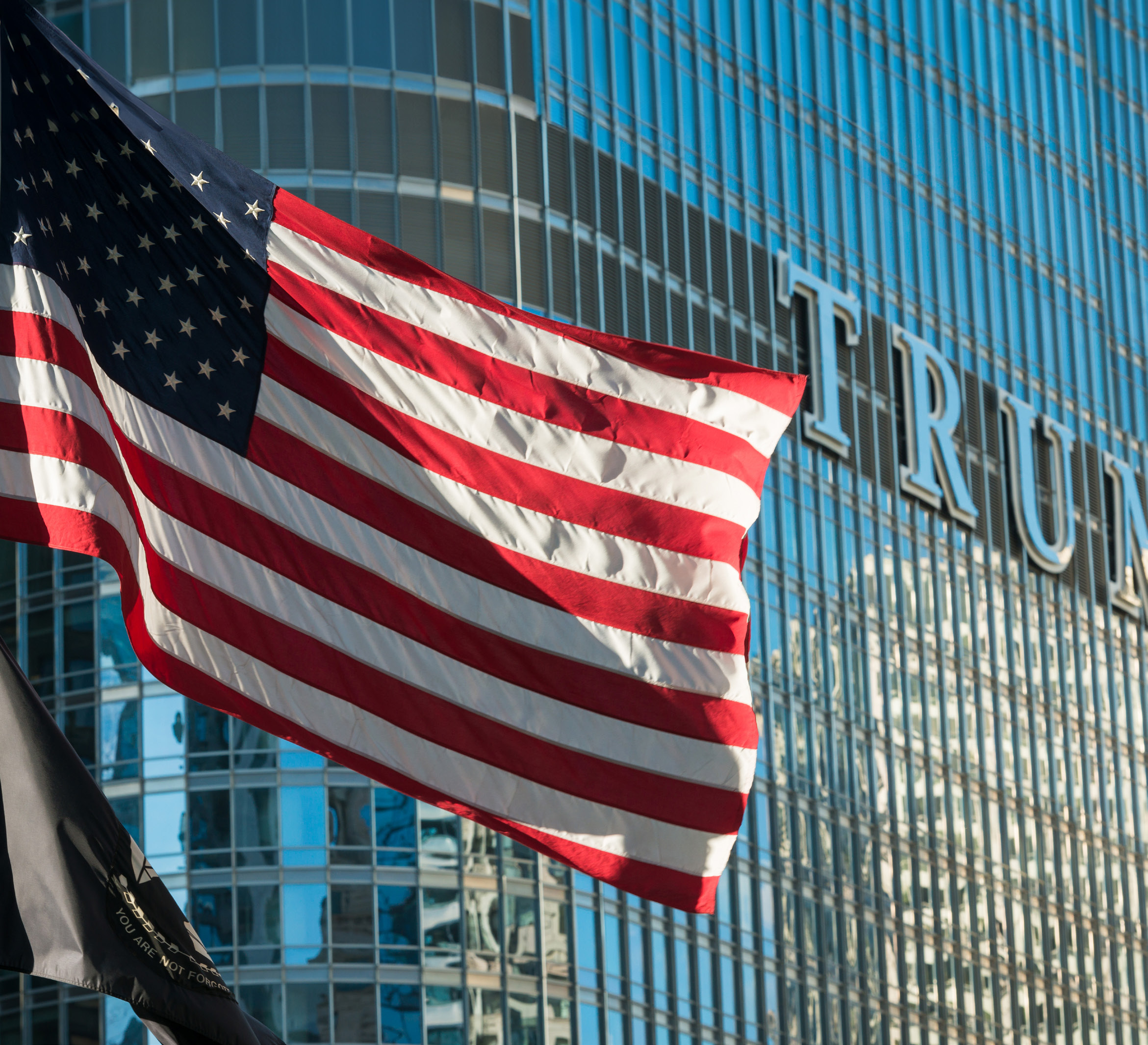
DIGITAL TRANSFORMATION
“Imports get more expensive and supply chains get disrupted and so on,” Ed continues. “There are interesting tensions developing and it’s not always clear how they’re going to be resolved.” To hear more from Ed at India Energy Week, click here.
An critical talking point for speakers and attendees at this year’s iteration was the new Trump administration’s favour of fossil fuel expansion.
“We’ve got probably the best energy team in the United States we’ve had in decades,” ConocoPhillips’ CEO Ryan Lance said.
“We’re seeing some reality come back into the conversation,” Chevron CEO Mike Wirth said during the gathering. “We’ve got really well-qualified people in the Trump administration.
The execs navigating the US’ new energy landscape S&P Global’s CERAWeek brings energy industry leaders, policymakers and experts together in Houston, Texas each year.
“I think the conversation is going to reset to where it always should have been.”
59
energydigital.com